Works on display at St James's Market Pavilion
Take One Picture - St James' Pavilion
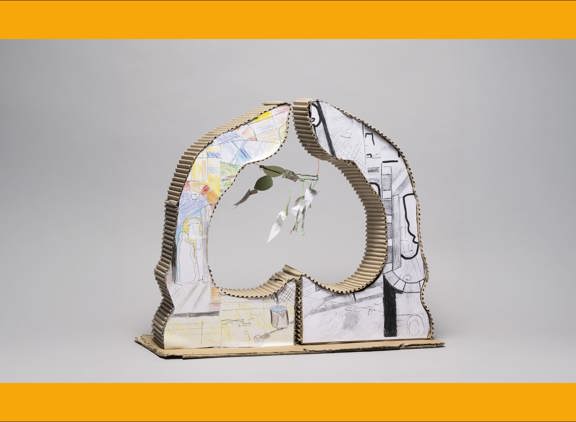
Wellington Prep School, Somerset, ages 9–10
Explosion Images
We imagined what was beyond the walls of the courtyard. We learned about the ‘Delft Thunderclap’, an explosion that destroyed a large section of the city. For our final piece, we made fragmented, exploded artworks, inspired by the painting.
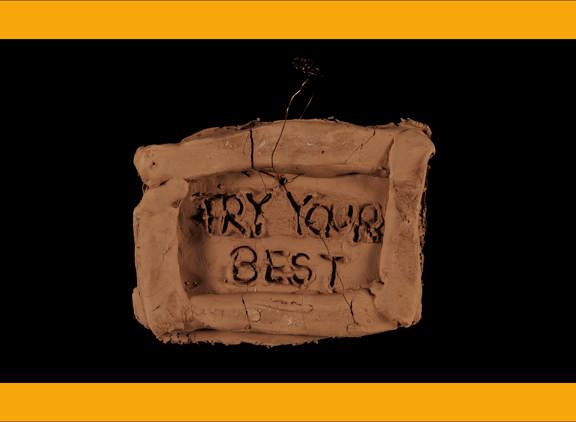
Thorplands Primary School, Northampton, ages 8–9
Positive Plaques
We asked, 'What does the plaque above the door say?' We learnt that it has a moral message, so we decided to make our own. We sketched, printed and then made our designs out of clay, each with a different moral or positive message.
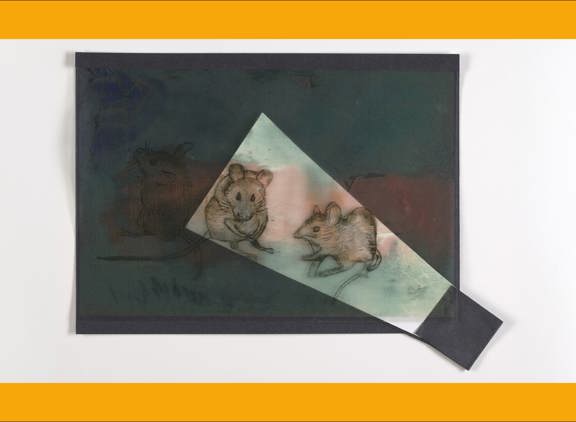
Northmead Junior School, Guildford, ages 7–8
Nooks and Crannies
We thought that we could see pigeons nesting in the oval window. This got us thinking about what other animals could be living in the nooks and crannies of the buildings, such as mice or spiders. We drew our animals and put them inside a box that can be peered into like a crack in the wall.
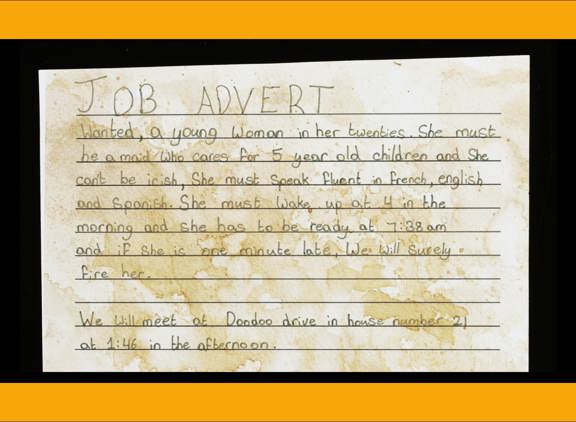
Two Mile Ash Primary School, Milton Keynes, ages 10–11
Adverts for a Maid
We thought that the women might be maids. We looked at job adverts for maids in the 1600s and were surprised at how much they had to do – cooking, cleaning, teaching and looking after the children! We made our own job adverts and tea-stained them to look old.

Dalmilling Primary School, Scotland, ages 10–11
Hands
We focused on the hands in the painting and noticed that they are all doing different things. We took photographs of our own hands holding different objects, and made detailed sketches and models using card, paper and glue.
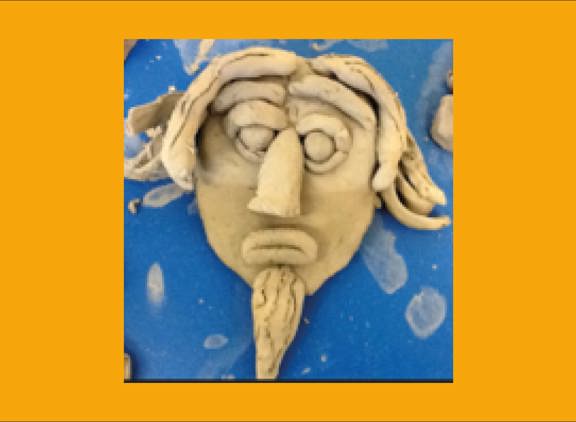
Woodford Valley Primary Academy, Wiltshire, ages 8–9
Clay Faces
Children in our class asked, 'Whose face is that?', after noticing the carved image above the archway. They thought that it could be a man from the 1600s. We researched fashions and hairstyles from the period, and used this information to design our own clay faces.
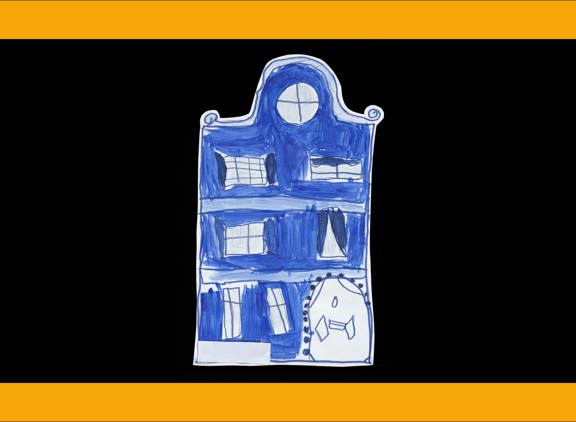
Woodford Valley Primary Academy, Wiltshire, ages 6–7
Gabled Houses
One child asked, 'I wonder what the house looks like from the front?' So we researched Dutch houses. Unexpectedly, the children loved learning about different shaped gables (the top of the front wall). They drew houses and did colour-mixing to create the right shades of blue used in Delftware pottery.
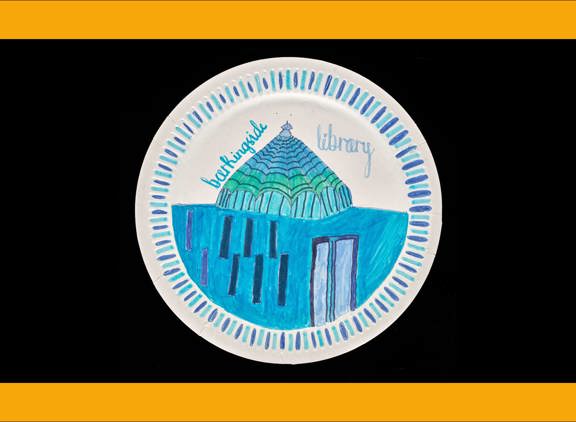
Parkhill Junior School, London, ages 10–11
Barkingside Plates
We discovered that Delft was known for ceramics, often painted with scenes from Holland. We decided to decorate plates with scenes from our local area. We went outside to sketch the buildings, then added our designs to the plates.
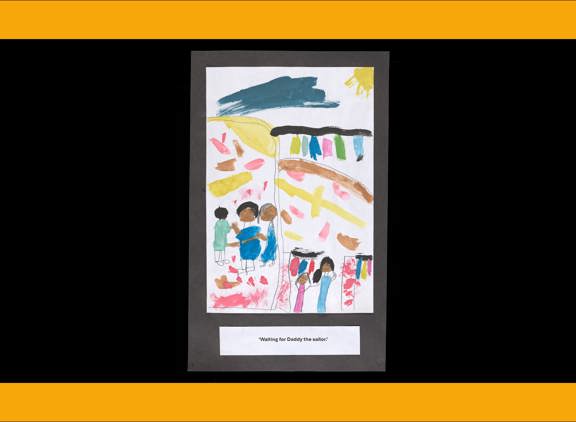
Field End Infant School, London, ages 6–7
Our Visitors
We wondered if the woman through the archway was waiting for a visitor. The children thought about the people who visit their houses – family, friends, and pizza delivery people! They each chose someone to be visiting and painted pictures of themselves waiting for them.
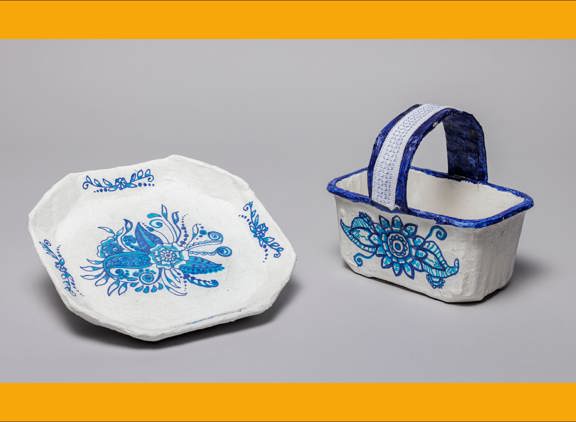
Warley Road Primary Academy, West Yorkshire, ages 10–11
Fusion Delftware
After wondering if the maid is carrying a bowl, we decided to make our own plates, bowls and dishes. We used the famous blue and white colour palette from Delftware pottery, and patterns from painted henna Mendhi designs to create our own fusion pieces.
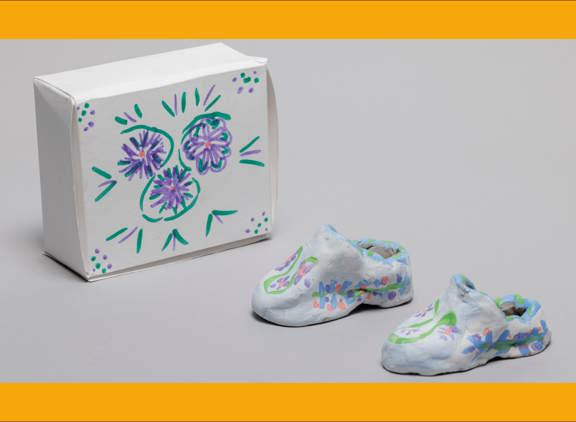
Gateway School, Buckinghamshire, ages 9–10
Clogs
Our class got excited about the footwear the characters may be wearing. One pupil said that her Dad is from the Netherlands and he wore clogs as a child. We researched clog design and made our own miniature examples. We then created a shoe box for each pair.
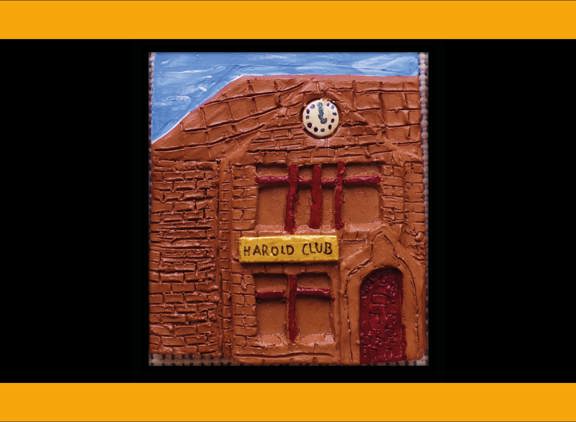
Hill Top CE Primary School, Bradford, ages 9–10
Our Back Yard – Low Moor
We compared and contrasted the house in the painting to buildings in our local area of Low Moor. We visited Bradford College to learn about bricklaying and were inspired to use clay for our artwork. Like Pieter de Hooch, we took ordinary things from our home town and made them beautiful.
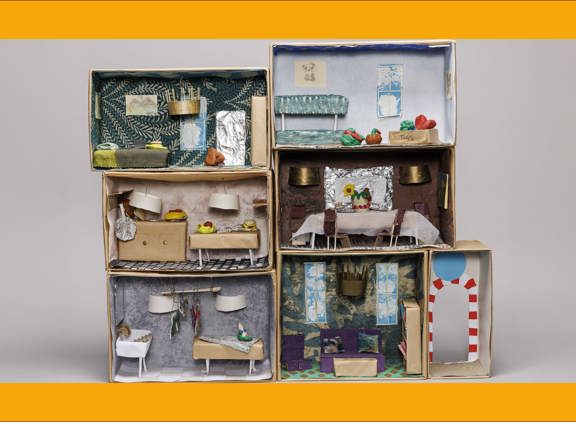
Mab’s Cross Primary School, Wigan, ages 7–8
What's Inside the House?
We wondered what the inside of the building would look like. We took inspiration from other 17th-century Dutch paintings and cabinet houses (similar to doll’s houses). We collaboratively designed and made our own miniature rooms for the house.
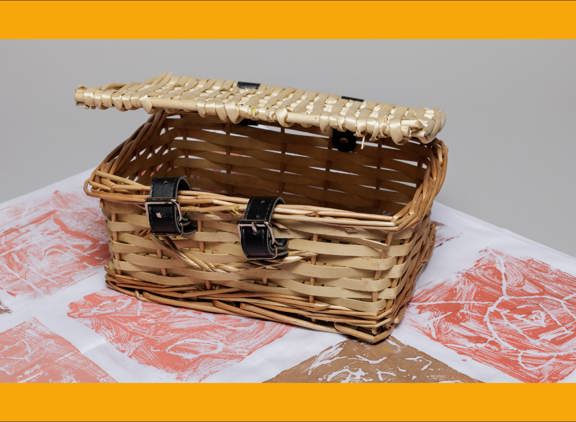
Mab’s Cross Primary School, Wigan, ages 4–5
Time for a Picnic
Our pupils asked, “What are the people doing?” and one child suggested that the woman with the child might be holding food ready for a picnic. We decided to make items needed for the picnic, including a printed blanket and invitations to hand out to our neighbours.
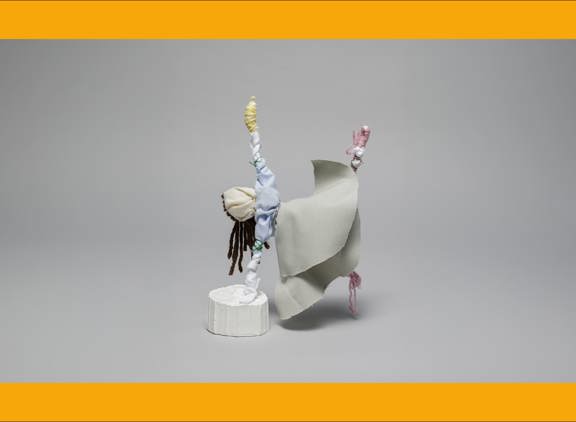
Sheffield Girls’ High School, Yorkshire, ages 7–8
Children Playing
Our students imagined that the little girl’s friends were playing in the street beyond the archway. So the class researched historical games that the children could have played, and made models using wire, cotton wool and fabric.
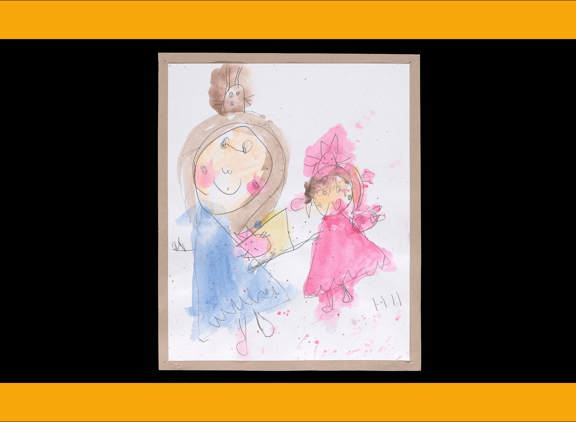
Sheffield Girls’ High School, Yorkshire, ages 4–5
Out with Mummy
Our pupils thought that the little girl is holding her mummy’s hand and wearing nice clothes to go somewhere special. So the class decided to draw and paint their own pictures of a little girl and mummy with special bags and hats ready to go out.
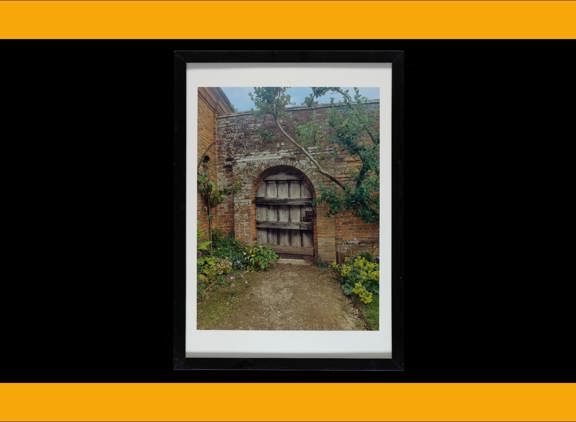
Falconer’s Hill Academy, Northamptonshire, ages 7–11
Architectural Photographs
We had a whole-school photography competition inspired by the courtyard. We found buildings and structures around our local area that reminded us of the painting. Our winners were judged by a local photographic society.
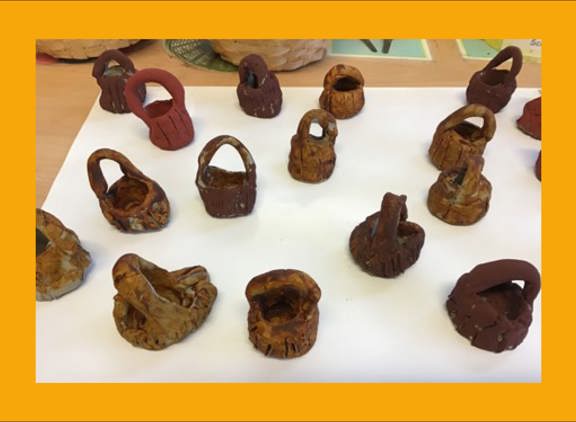
Our Lady of Sorrows Catholic Primary School, Doncaster, ages 4–5
To Fetch a Pail of Water
Children voted for their favourite part of the painting, and they chose the pail! They thought that it must be full of water, like in the nursery rhyme ‘Jack and Jill’. We looked at a real pail in the classroom and then made our own miniature versions using clay.

Our Lady of Sorrows Catholic Primary School, Doncaster, ages 6–7
Faces, Faces, Everywhere!
Our favourite part of the painting was the little face above the archway. We wondered if it represented the person who lived in the house. We decided to make clay faces of ourselves, decorated with things that represent us – e.g. our favourite colour, animal or food.
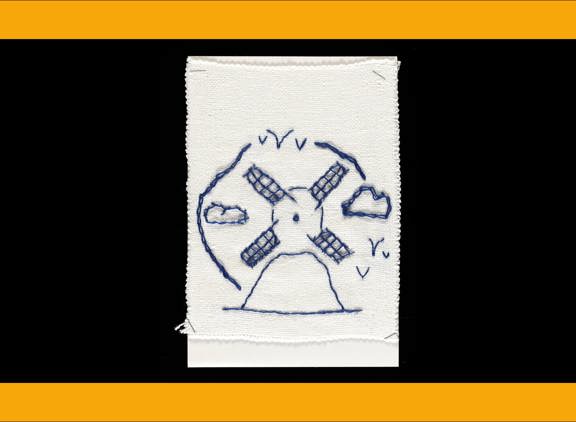
The Priory C of E Primary School, London, ages 10–11
Windmill Embroideries
As there are lots of windmills in the Netherlands, we thought that the women in the picture might work in one. We visited Wimbledon Windmill and learnt that workers would often do embroidery in their spare time. We decided to embroider windmills for our final piece.
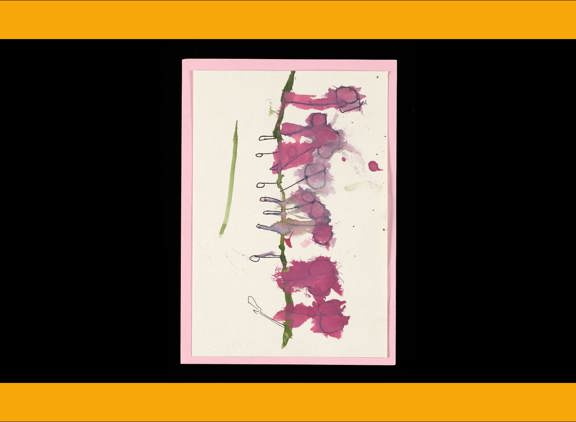
Kings Meadow School, Oxfordshire, ages 3–4
Colourful Plants
We focused on the plants in the painting, and thought that the little girl might be collecting some in her dress. We went outside to collect our own plants and then made detailed studies of them using watercolour paints, fine-liners and pencils.
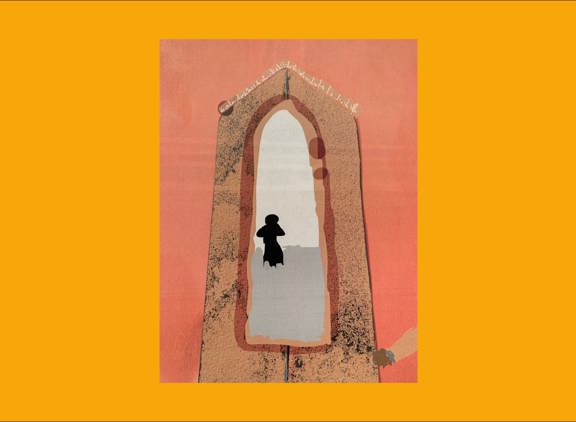
Southam Primary School, Warwickshire, ages 8–9
Digital Art Archways
Our class wanted to explore the shape of the building and the feeling of separation created by the turned-away figure. We used computers to create our digital art responses to these themes.
